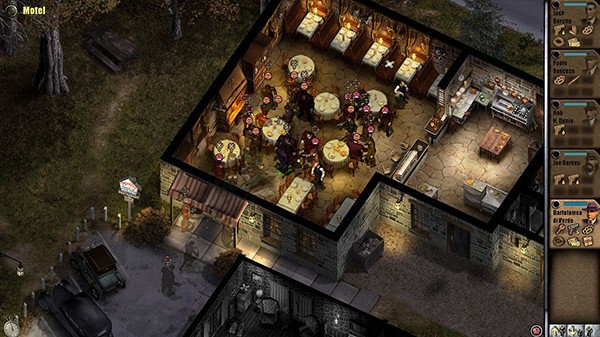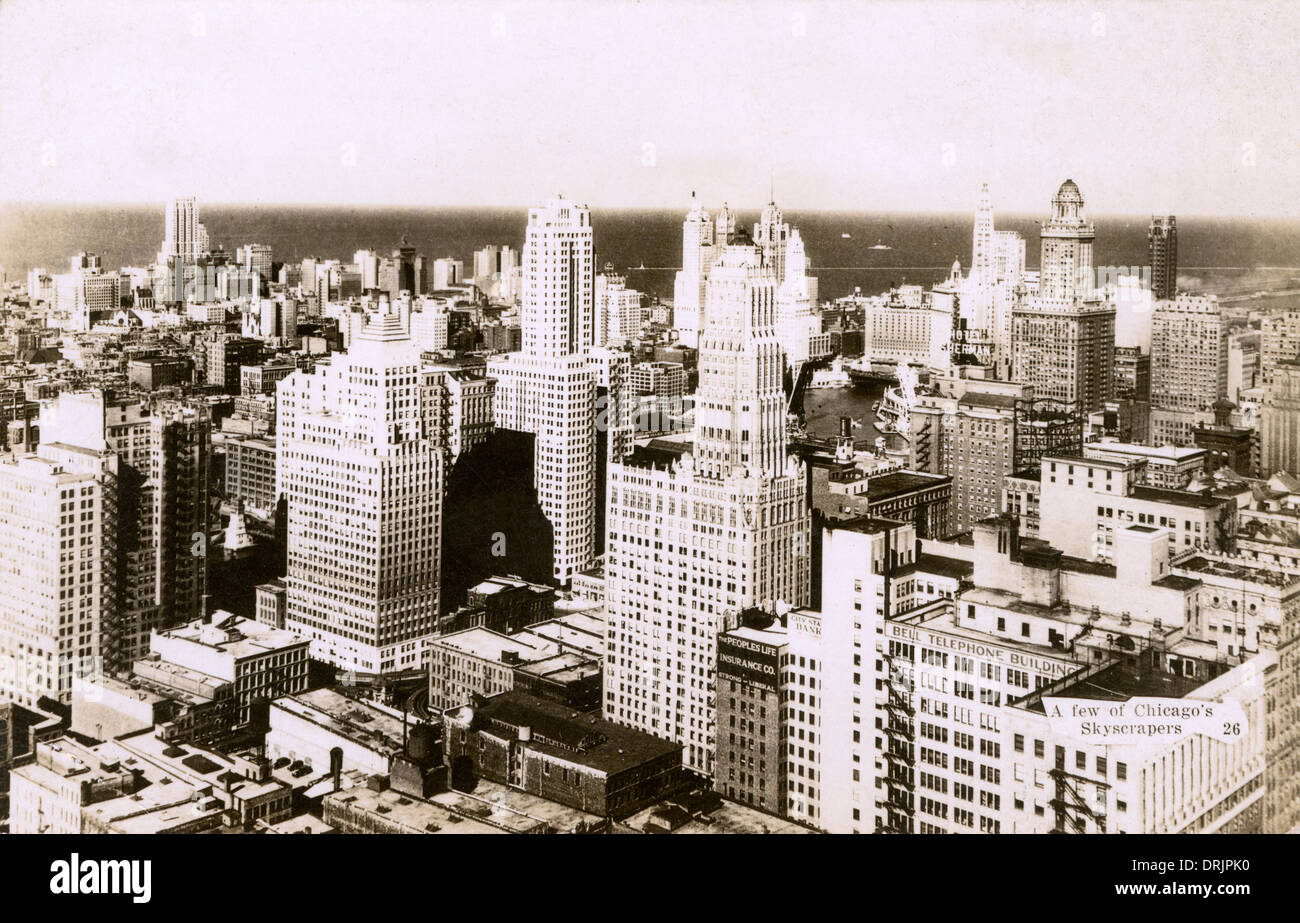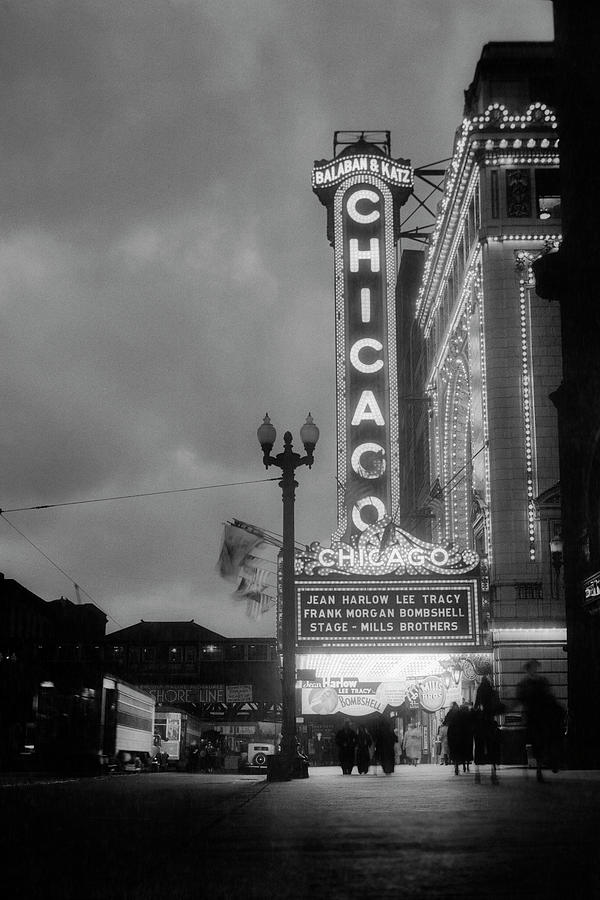

Maloof realized that he’d come across something special, and he determined to crack the case of the anonymous photographer. They proved startlingly popular-some sold for as much as $80 a pop. With the collection becoming expensive to maintain, this lifelong reseller did what came naturally: He cut up some of the negatives and hawked them on eBay. As time passed, Maloof tracked down a handful of people who had acquired similar caches of negatives once owned by the same woman, and he bought the boxes off them.

Who took them?Ī contact at the auction house didn’t know the photographer’s name but told Maloof that the contents of the repossessed storage locker had belonged to an elderly woman who was ill. There was a playfulness to the moments the anonymous artist had captured: a dapper preschool boy peeking from the corner of a grimy store window an ample rump squeezing through the wooden planks of a park bench a man in a three-piece suit napping, supine, in the front seat of his car, his right arm masking his face from the daylight. Though he knew almost nothing about photography, he eventually returned to the box and started looking through the negatives, scanning some into his computer. Something nagged, however-perhaps a reflex picked up from working the flea market circuit as a poor kid growing up on the West Side of Chicago. A closer examination unearthed no scenes of Portage Park, though the box turned out to contain more than 30,000 negatives. So he plunked down about $400 for the box and headed home. There’s got to be something pertinent in there, he thought. He came across a box that had been repossessed from a storage locker, and a hasty search revealed a wealth of black-and-white shots of the Loop from the 1950s and ’60s. A third-generation reseller, Maloof hoped to find some historical photographs for a small book about Portage Park that he was cowriting on the side. Here below are some historical photos that show streets, landmarks, cityscapes and everyday life of Chicago at the beginning of the 20th century.On an unremarkable day in late 2007, John Maloof, a young real-estate agent, spent some time at a local auction house, RPN Sales in Portage Park, combing through assortments of stuff-some of it junk-that had been abandoned or repossessed. The Iroquois Theater was demolished in 1925 and it was replaced by the Oriental Theater.

In 1903 a fire broke out in the Iroquois Theater which killed nearly 600 people. It promised to replace ugliness and congestion with extraordinary beauty and efficiency. The first Burnham’s Plan of Chicago was presented in 1909, which provided a rational transportation-based blueprint for urban growth, notably in the central area. By the 1907 the population surpassed two million. Chicago became the world’s largest rail hub, and one of its busiest ports by shipping traffic on the Great Lakes. The industrial, manufacturing and retail sector flourished at the beginning of the 20th century with the expansion of railroads through the upper Midwest and East. The city was going through rapid industrialization, manufacturing, health and civic planning. In the late 19th century, the population of Chicago passed the million mark and Congress granted the city the right to host the World’s Columbian Exposition.


 0 kommentar(er)
0 kommentar(er)
